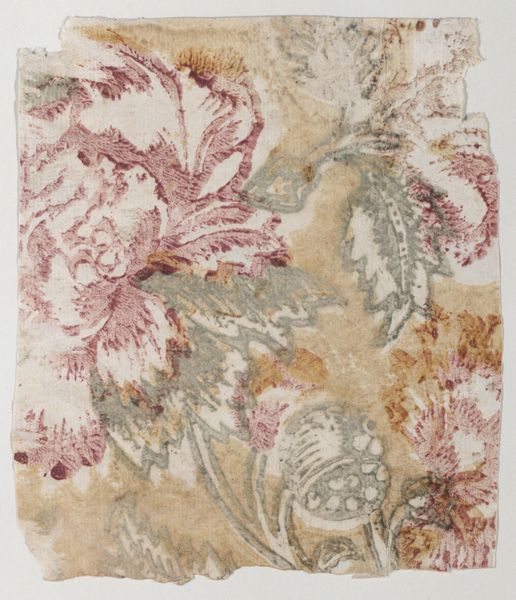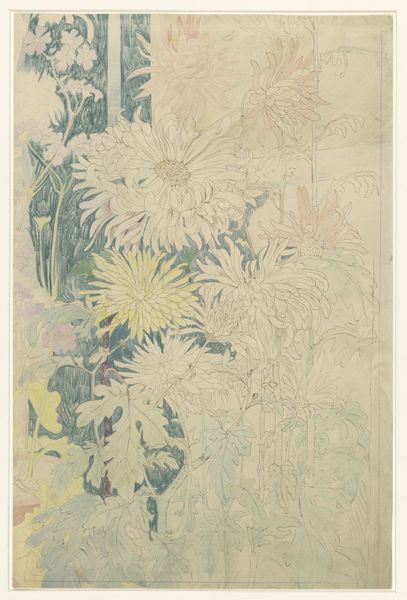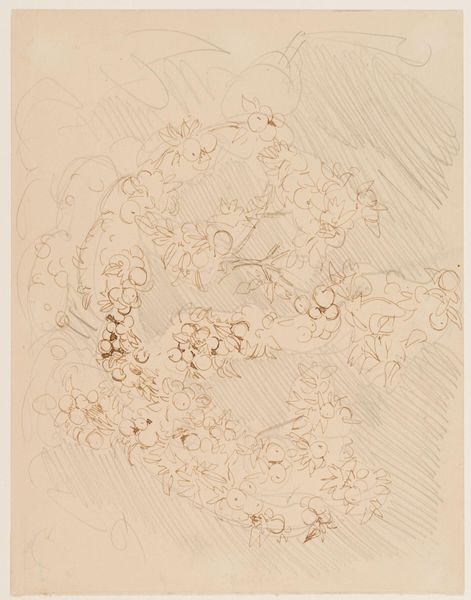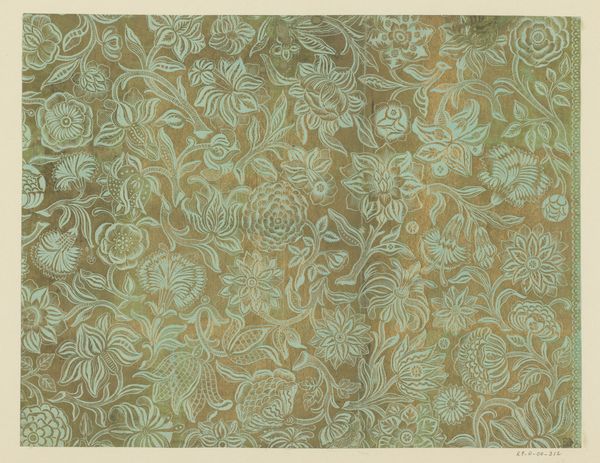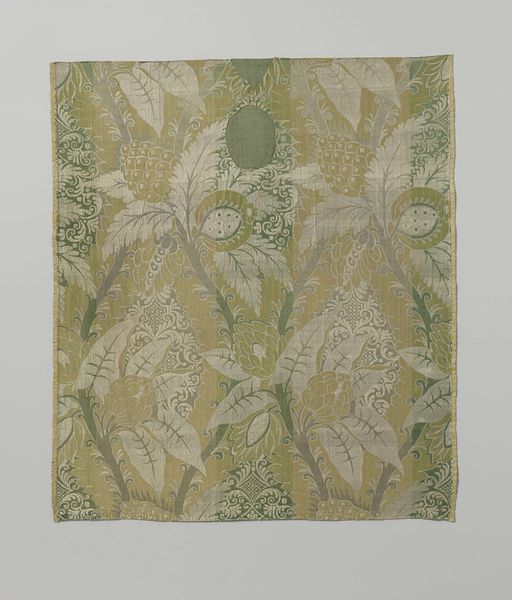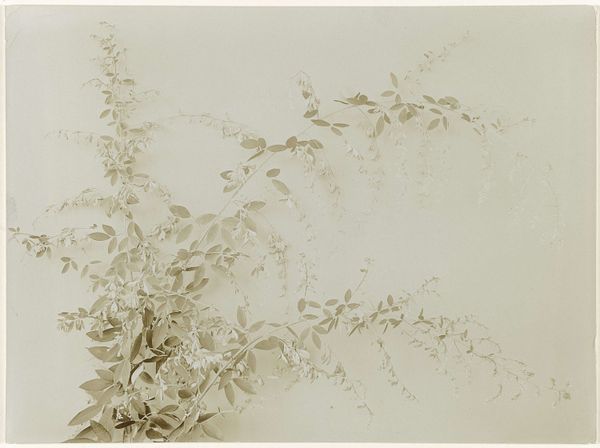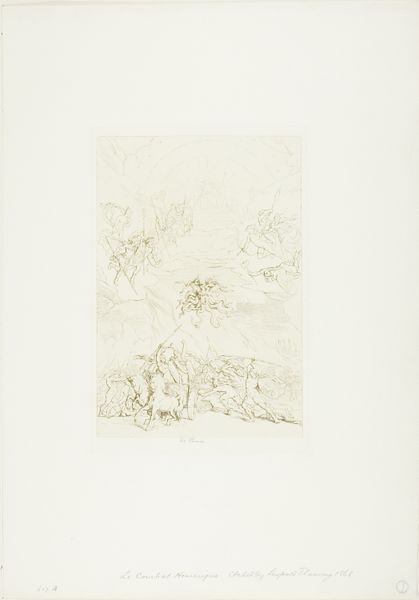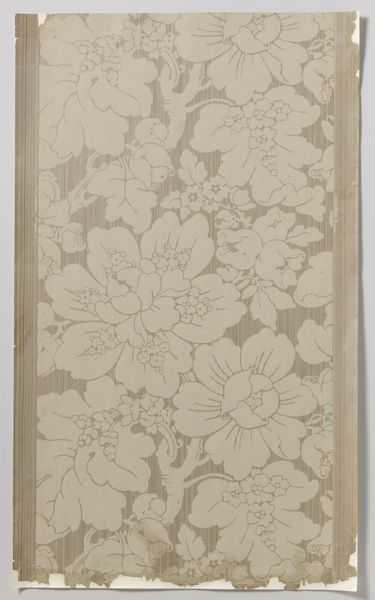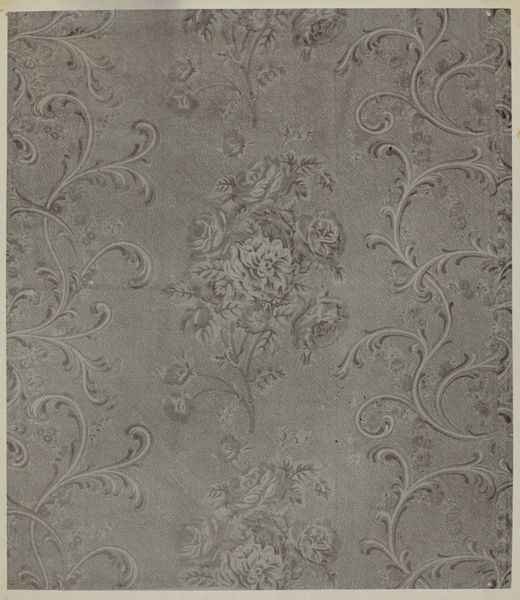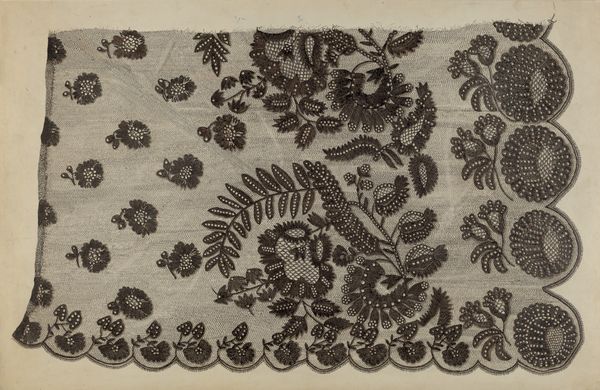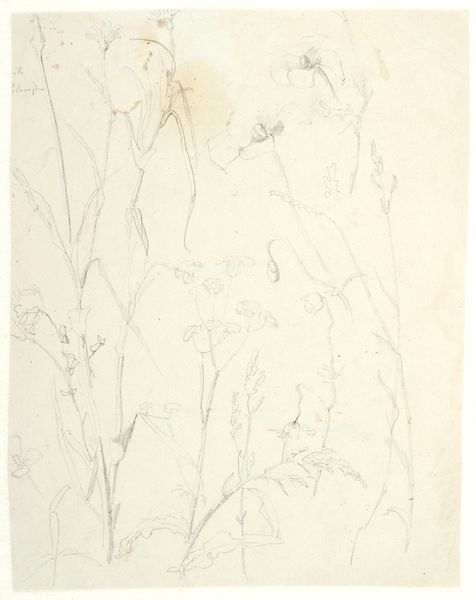
Dimensions: height 225 mm, width 168 mm
Copyright: Rijks Museum: Open Domain
Editor: Richard Tepe's "Bloeiende vlierbes," or "Flowering Elderberry," is a vintage print from somewhere between 1900 and 1940, held here at the Rijksmuseum. There’s almost a dreamlike quality to the image with its muted sepia tones, softening the details. What do you see in this work? Curator: What strikes me immediately is the photographic process itself. Thinking about early 20th-century photography, it’s easy to romanticize, but we must consider the material realities: the specific chemical processes involved in developing the print, the type of paper used, and the darkroom practices. Each decision directly affected the image's outcome. This wasn't just pointing and shooting; this was crafting an object through labor-intensive means. Editor: That makes sense. I guess I was thinking more about the aesthetic of the piece, but you're right, it’s crucial to think about how it was *made*. Do you think the artist’s process was influenced by the rise of industrial photography? Curator: Absolutely. With the advent of affordable, mass-produced cameras, art photographers like Tepe faced a challenge. Were they simply documentarians, or could they elevate photography to a fine art? The hands-on, craft-oriented techniques, such as the choice of sepia toning, speaks to a deliberate attempt to imbue the photograph with artistic value, setting it apart from snapshots anyone could take. It makes you wonder about the labor involved and how Tepe may have positioned himself among commercial photography studios and the art world. Editor: So, by focusing on the materials and the process, we gain insight into the artist's intention and the work’s position in a broader social and artistic landscape. Curator: Exactly. It reminds us that art is not just an idea, but a tangible product of specific materials and processes shaped by a given cultural moment. Editor: That gives me a lot to think about, and has opened my eyes to looking at art differently from now on. Thanks!
Comments
No comments
Be the first to comment and join the conversation on the ultimate creative platform.
